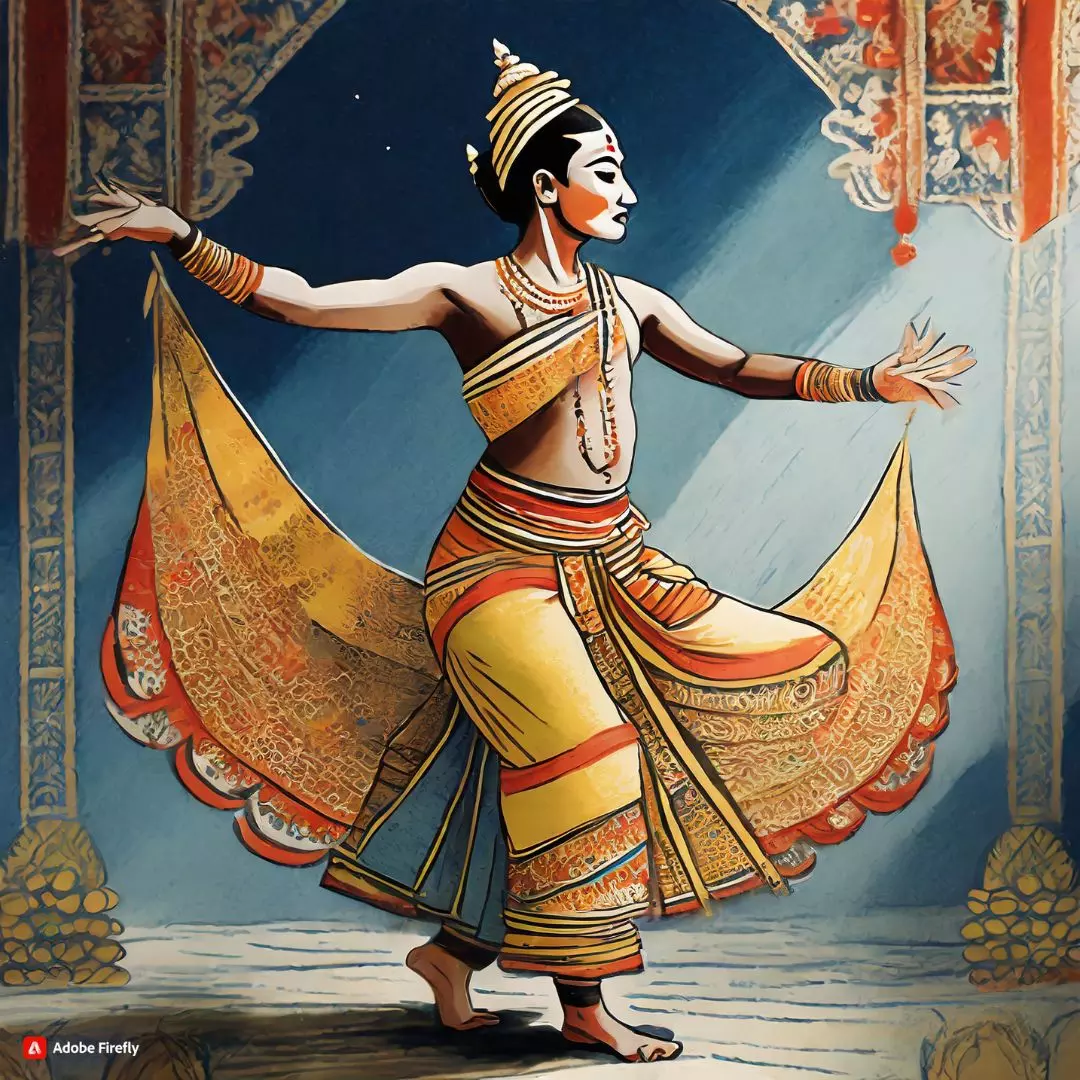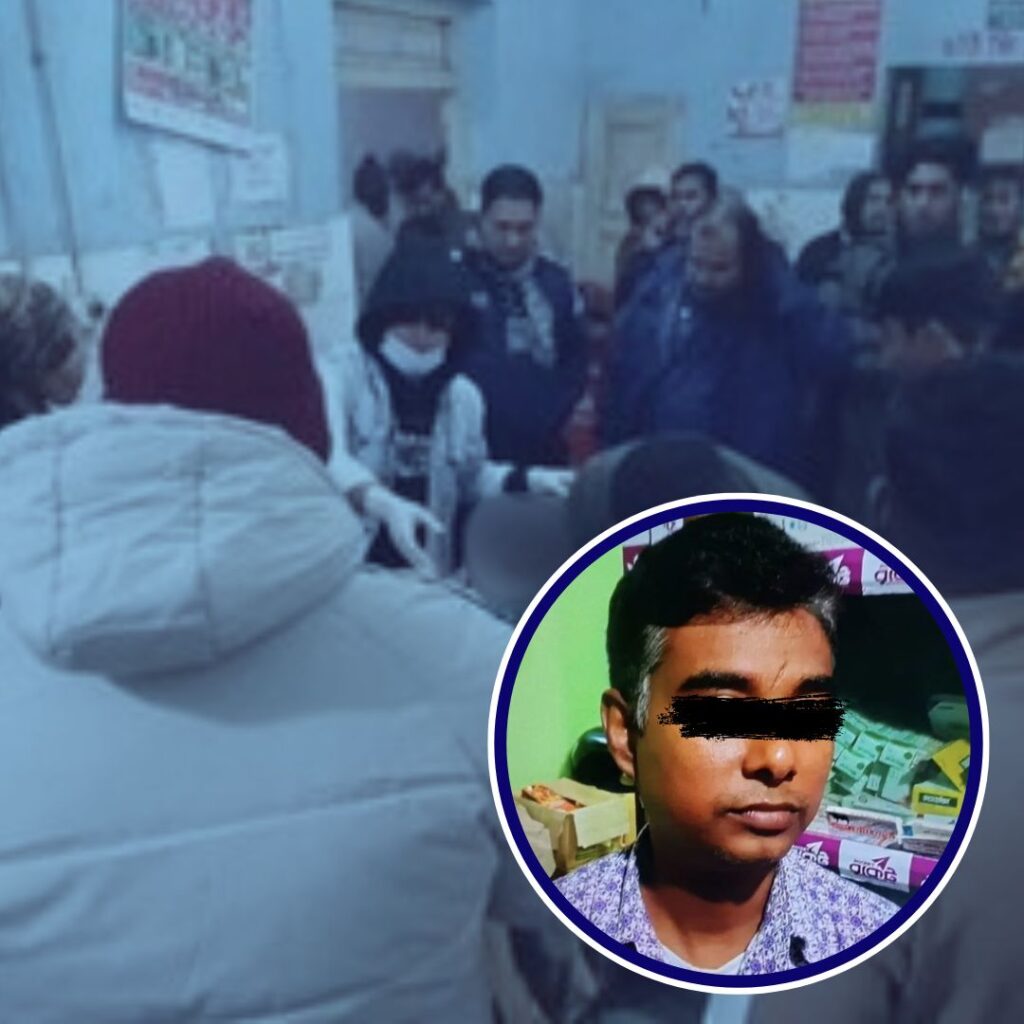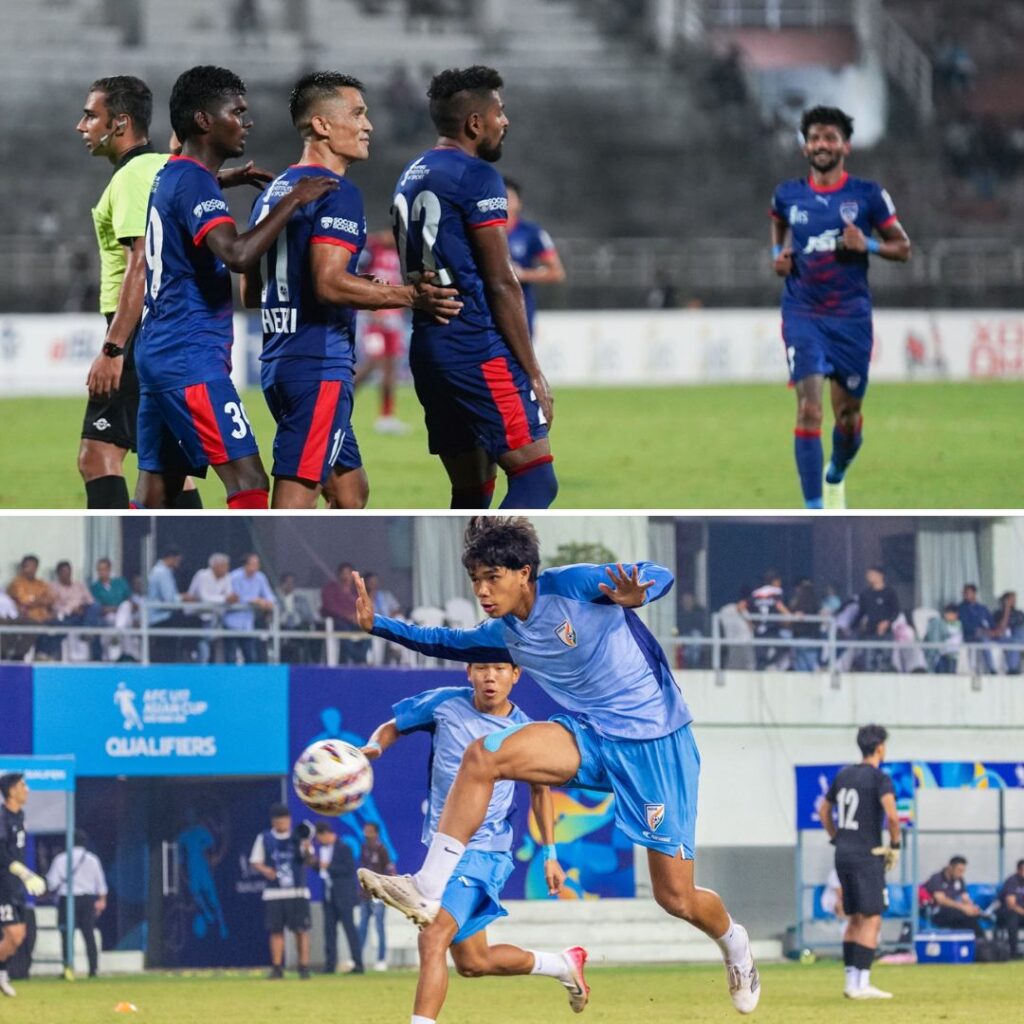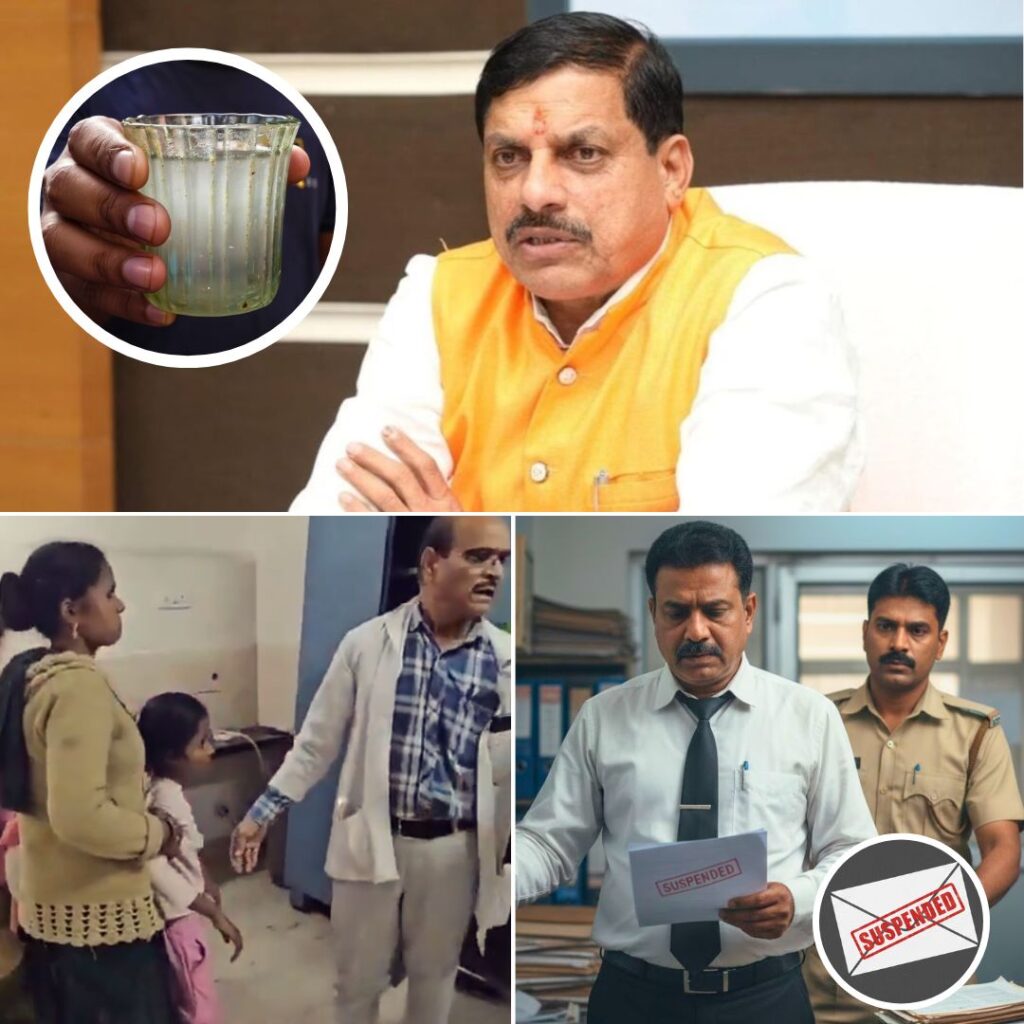Nestled in the serene and secluded state of Manipur, the ancient art of Manipuri dance has flourished, unaffected by external influences, creating a cultural tapestry rich in tradition and elegance. This classical dance form, with its roots deeply embedded in rituals and festivals, unfolds a mesmerizing saga of divine tales and artistic expressions that have stood the test of time.
Manipuri dance, one of the main styles of Indian classical dances, traces its origins to times beyond recorded history. The dance is intricately linked with religious rituals, and legends of gods and goddesses, particularly Shiva and Parvati, weave into the vibrant fabric of Manipuri culture. The Lai Haraoba festival, a ceremonial offering of song and dance, remains a living testimony to the earliest form of Manipuri dance, rooted in the pre-Vaishnavite period.
With the advent of Vaishnavism in the 15th century A.D., Manipuri dance witnessed a transformation. The introduction of compositions inspired by the life of Radha and Krishna, coupled with the visionary contributions of King Bhagyachandra in the 18th century, gave birth to the popular Rasleela dances. Each successive ruler added new dimensions, introducing leelas and rhythmic compositions that enriched the dance form.
Manipuri dance boasts a diverse repertoire, with Ras, Sankirtana, and Thang-Ta being among the most popular forms. The Ras dances, depicting the eternal love of Radha, Krishna, and the gopis, are characterized by lyrical and graceful movements. The parengs, or pure dance sequences, follow specific rhythmic patterns, with the Ras costume itself being a masterpiece of rich embroidery and unique design.
The dance form is not merely a visual spectacle; it transcends into a spiritual experience. The emphasis on facial expressions in Manipuri dance allows performers to convey deep emotions and narratives. Themes often revolve around the poignant separation of the gopis and Radha from Krishna, creating a captivating and emotionally charged performance.
The musical accompaniment to Manipuri dance is equally enchanting. The Nat style of singing, distinct from North and South Indian music, complements the high-pitched open-throated rendering with unique trills and modulations. The Pung, a classical drum, takes center stage, accompanied by various other instruments like the Pena and flute, creating a harmonious blend of sound and movement.
Known for its subtleness, Manipuri dance does not employ ankle bells for rhythmic display, allowing the delicate body movements to take precedence. The dance’s abhinaya, or expression, is marked by natural facial expressions, and sarvangabhinaya, using the entire body to convey emotions, remains a forte.
Manipuri dance, rooted in the ancient Sanskrit text Natya Shastra, has a history that dates back to the early 18th century. Despite challenges during the British colonial period, the dance form survived in temples, later experiencing a revival through the efforts of Rabindranath Tagore in the modern era.
Beyond its Indian roots, Manipuri dance has earned international acclaim. Recognized as a primary classical dance form by the Sangeet Natak Akademi of the Government of India, it has been commemorated in postage stamps during joint issues with Armenia, emphasizing its global significance.
As Manipuri dance continues to enchant audiences worldwide, it remains a cultural gem, weaving stories of devotion, spirituality, and artistic finesse. With each graceful movement and melodious note, Manipuri dance not only preserves the traditions of a bygone era but also serves as a vibrant symbol of India’s rich and diverse cultural heritage.
Also Read: A Legacy of Elegance: The Artistry & Tradition of Indian Jewellery Spanning Millennia













